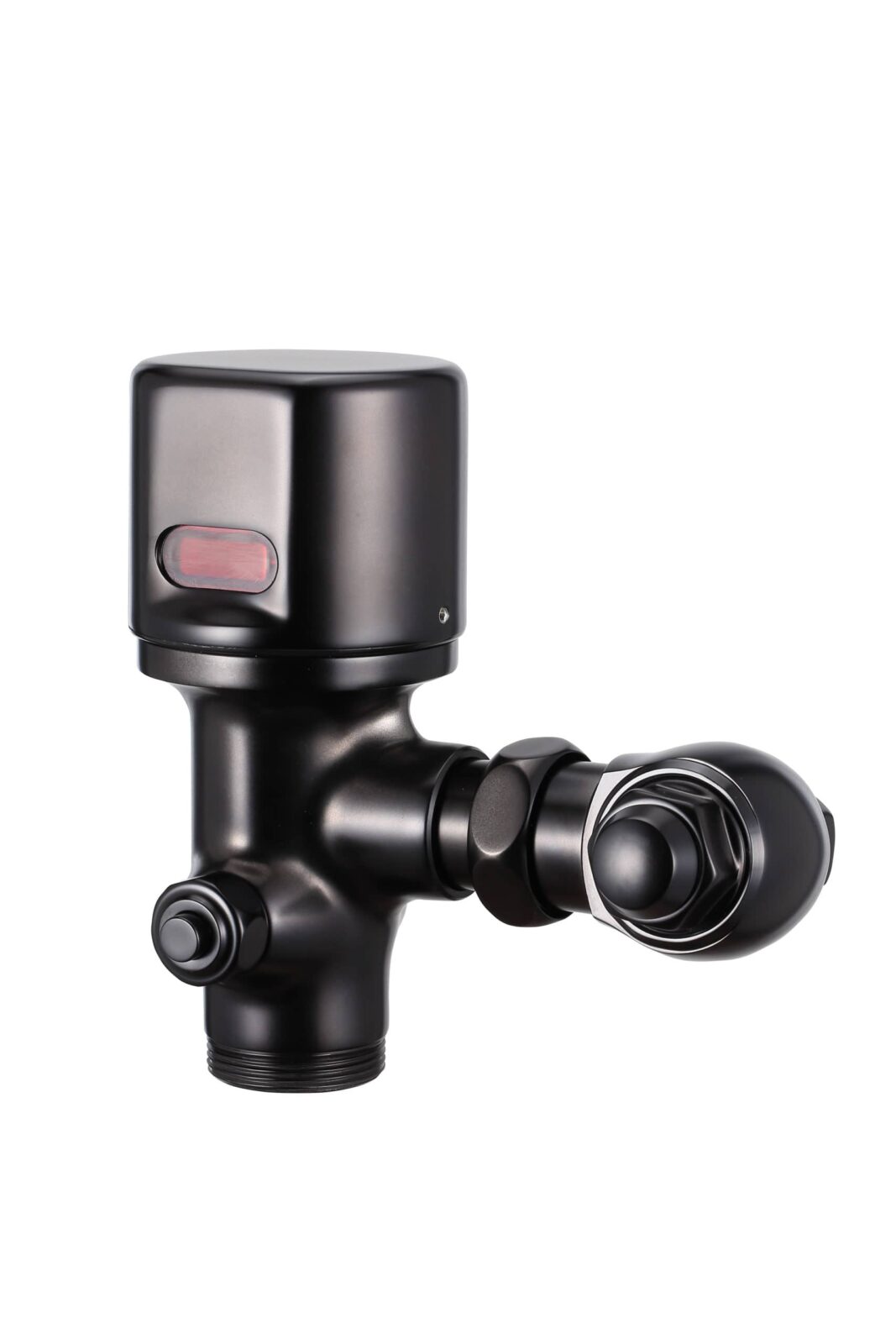Commercial flush valves are products we use on a consistent basis. Whether going to your local hardware store or eating at a diner, these flush valves are used in many commercial lavatories. But just like all plumbing products out there, issues can happen at some point. This can lead to costly water damage, busted pipes, and hefty repair bills. Luckily, there are easy ways to prevent these problems, including simple tactics for solving these issues when they do happen.
Keep reading to learn about the common issues found with commercial flush valves, including some simple flush valves troubleshooting tips.
Flushing period too long
On some occasions, commercial flush valves may flush for too long. You may notice this when the flushing process seems to drag on longer than it should. This problem is often caused by the bypass orifice in the diaphragm being clogged. Luckily, this problem is easily fixed by taking apart the component and washing out the diaphragm. If this doesn’t solve the issue, you may choose to replace the diaphragm assembly.
Doesn’t flush long enough
While the flush may be too long, there’s a chance the flushing process could be too short. This too can also lead to problems. There are several possible causes when this happens. First, it could mean the diaphragm assembly is damaged or simply worn out. Secondly, the handle could be broken or working incorrectly. And lastly, the diaphragm assembly may not be equipped with the exact fixture needed. It’s essential that these plumbing products are compatible with one another.
Flush mechanism doesn’t flush
A toilet or urinal that doesn’t flush is another common issue seen in commercial restrooms. This leads us to another flush valves troubleshooting tip—replacing plumbing products when needed. Over time, these commercial flush valves can get extremely worn from so much use. This is especially true in popular restrooms or ones built with lower-quality products. These commercial spaces tend to have more issues than buildings used less frequently.
On some occasions, a flush valve may not work because the main valve supply or control stop is closed. If they’re closed, opening them could fix the issue. Another problem could be a worn-out handle assembly. This can be fixed by replacing the unit or buying a repair kit.
Splashing Water
Are your commercial flush valves splashing water with every flush? If so, this problem can cause a serious mess and lead to tons of wasted water. One possible cause of this issue is that the control stop on the flush valve is open too wide. Another common culprit could be that the diaphragm assembly isn’t compatible with your flush valve. This is why choosing compatible parts is crucial. Luckily, flush valves come with markings that indicate the flush volume they can handle. As an installer, all you have to do is match up products that suit that specific number.
Doesn’t stop running
If your toilet or urinal continuously runs, this is a common issue you’re experiencing. This can be caused by broken or worn-out parts, or they could just be dirty. One typical cause involves debris under the diaphragm or blocking the diaphragm bypass. Cleaning out this debris could solve the problem. If that doesn’t solve the issue, you may need to replace the diaphragm.
When using a piston-operated flush valve, debris may also cause these to continuously run. Cleaning under the piston or in its bypass could solve the problem. On some occasions, the entire piston assembly should be replaced.
Improper Flush
On some occasions, you may notice an inconsistent or insufficient flush. Whenever these flushing problems occur, this can lead to tons of frustration. Furthermore, it could also cause water consumption issues.
If you notice not enough water enters the urinal or toilet during the flushing process, there could be a problem with the control stop. You’ll want to make sure it’s open wide enough. Another common issue relates to having the wrong parts installed with one another. For instance, you could have a low-consumption flush valve installed on a non-low consumption fixture. Simply installing compatible parts should fix the problem immediately.
Issues with the water supply is another common problem to consider. Luckily, it’s easy to use a gauge for measuring the supply pressure or volume of water. If no gauge is available, you’ll need to take apart the diaphragm assembly and open the control stop. This lets water pass through the empty valve. If there’s enough water to supply the fixture, then remove the restriction ring on the button of the guide, which helps to improve the flow. If this doesn’t solve the problem, the refill head could be replaced by a brass low flow refill head. In the event this doesn’t help, look into increasing the pressure or boosting the water supply.

